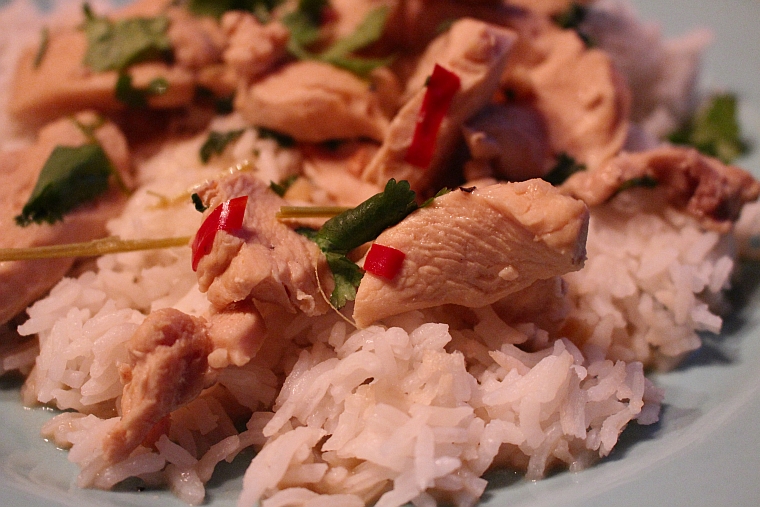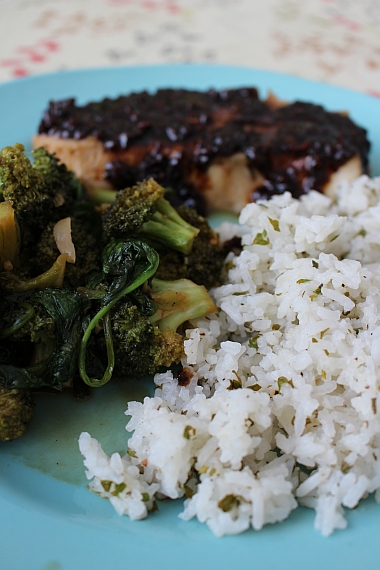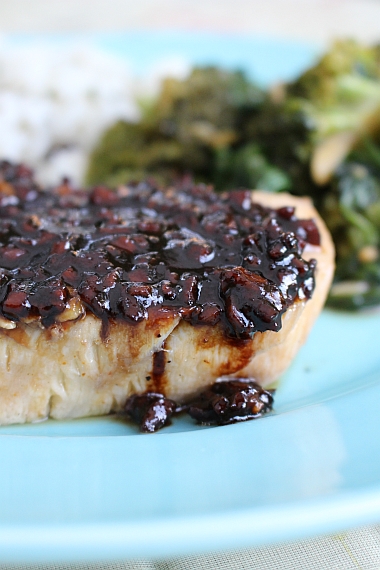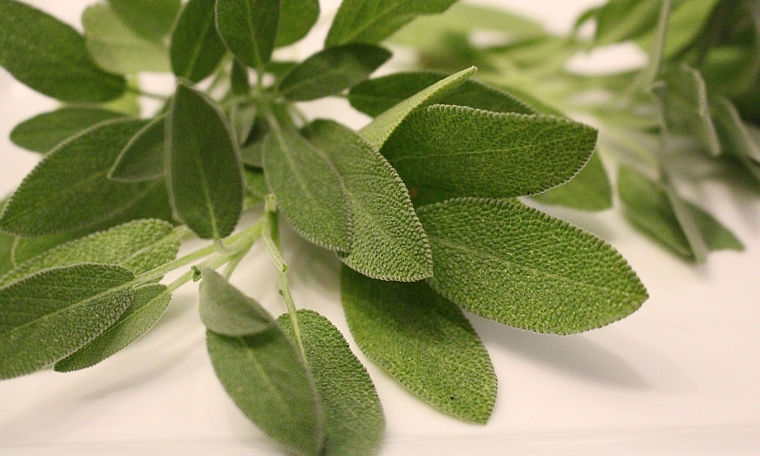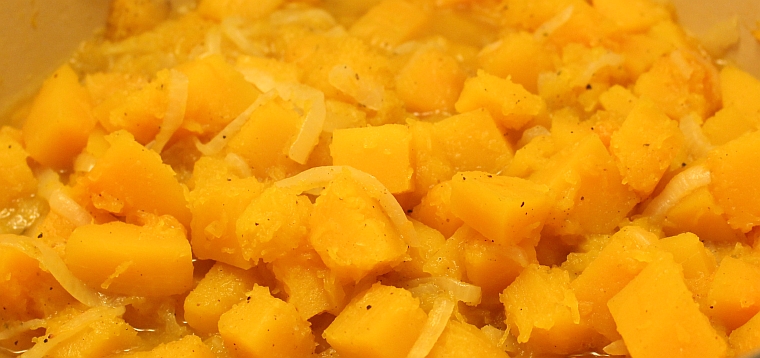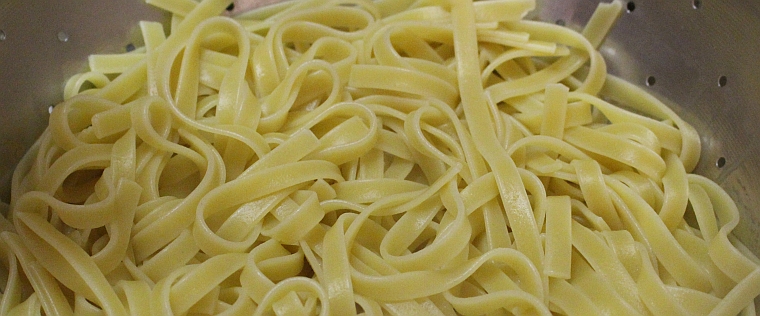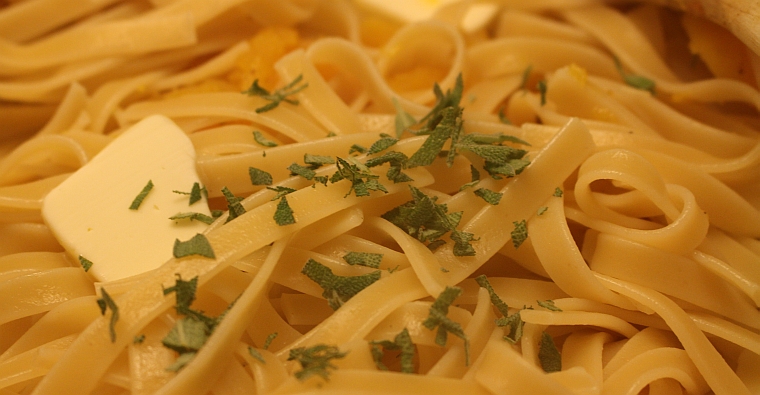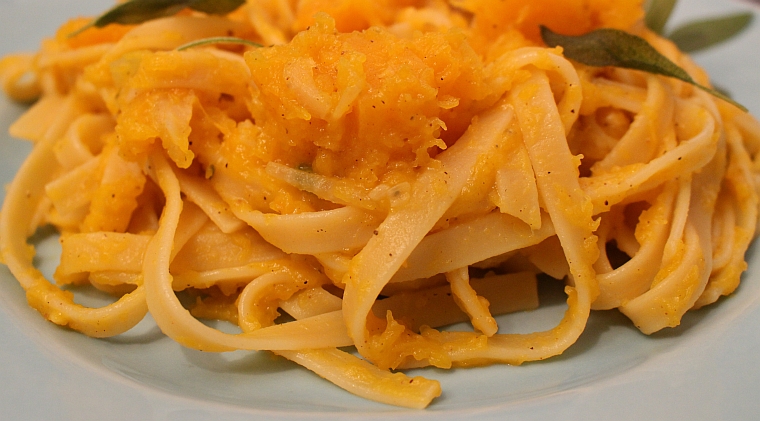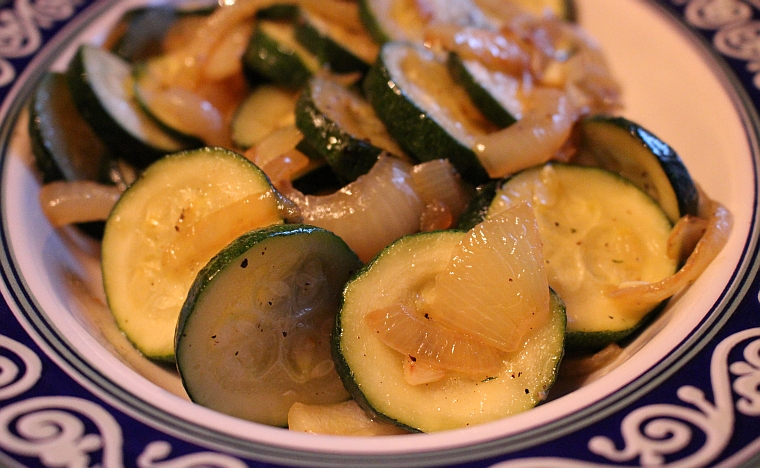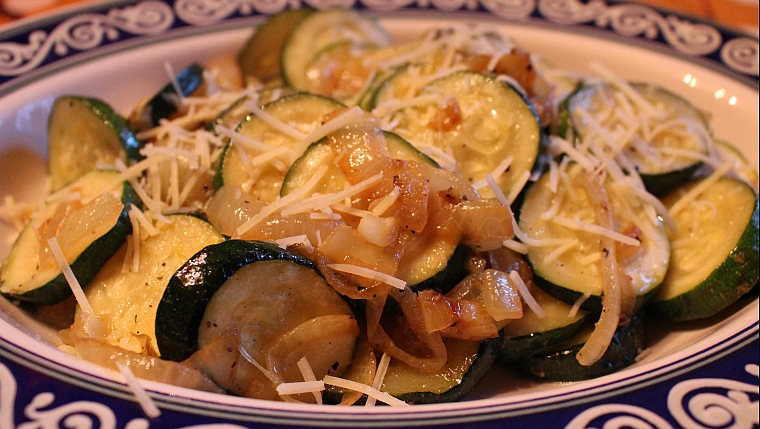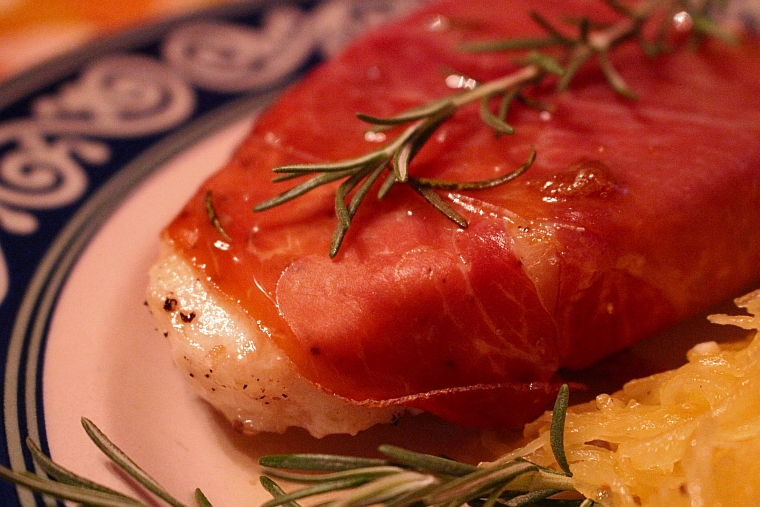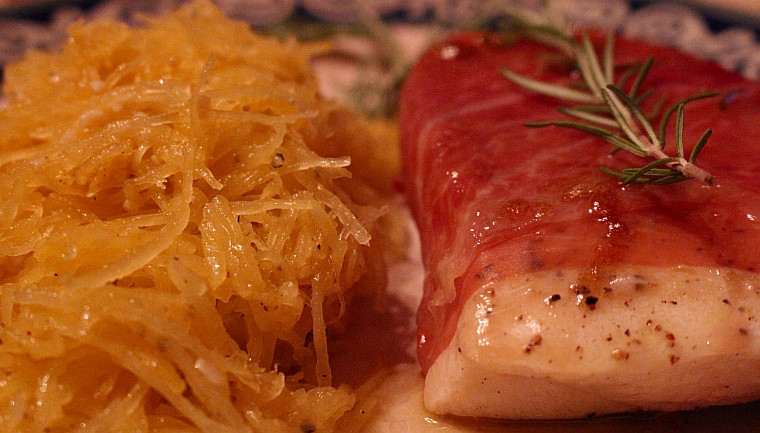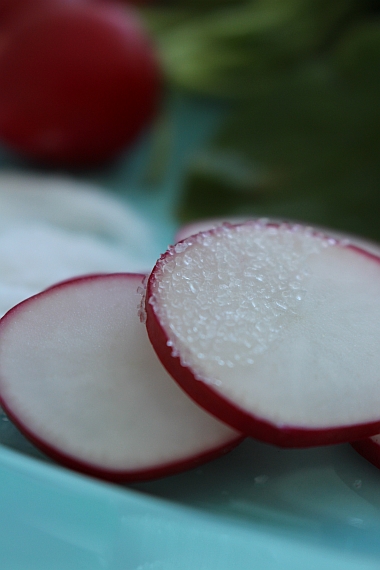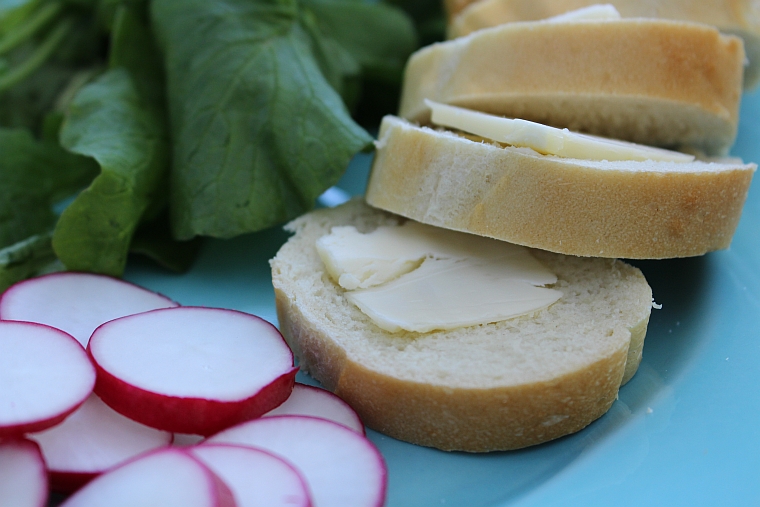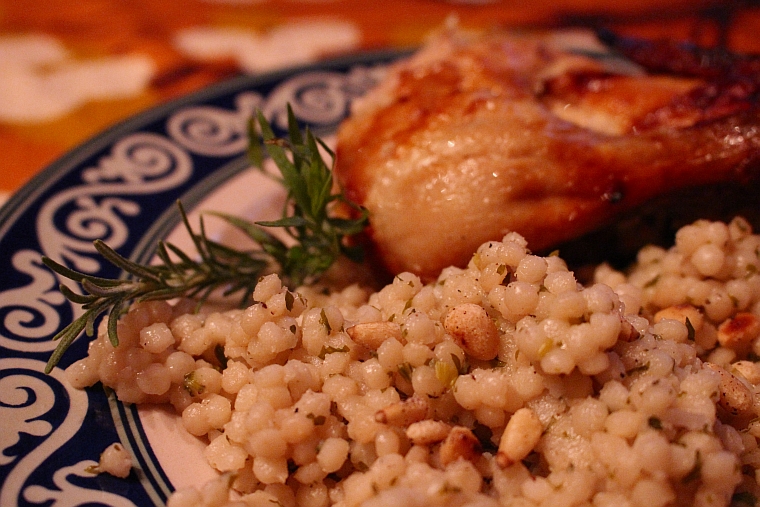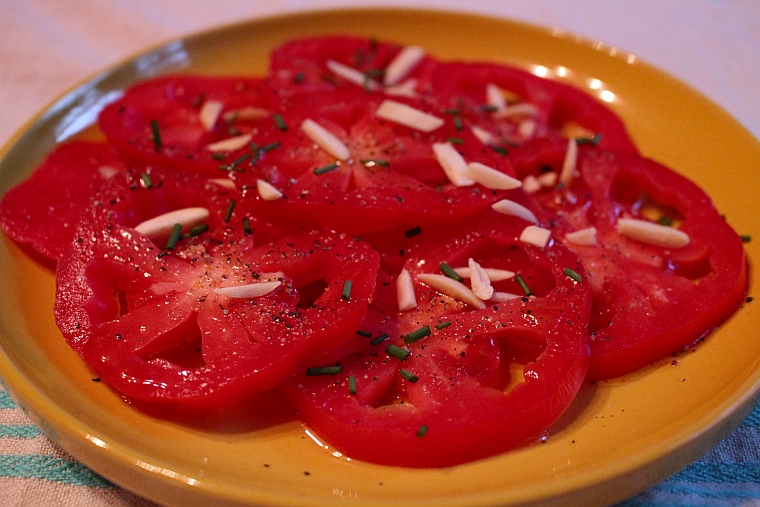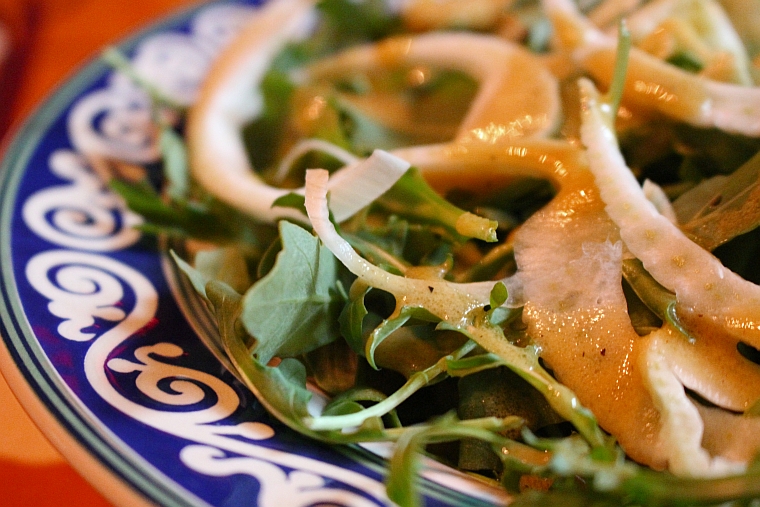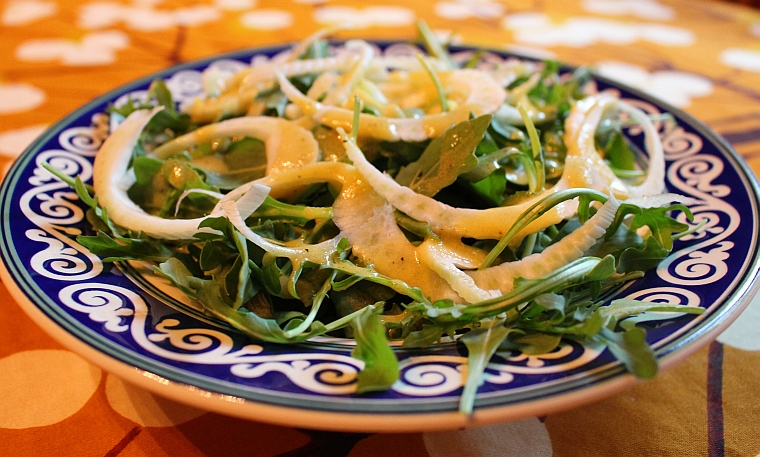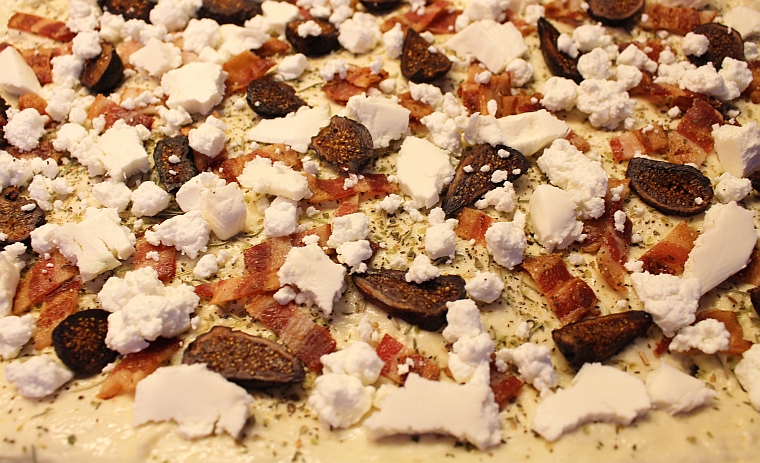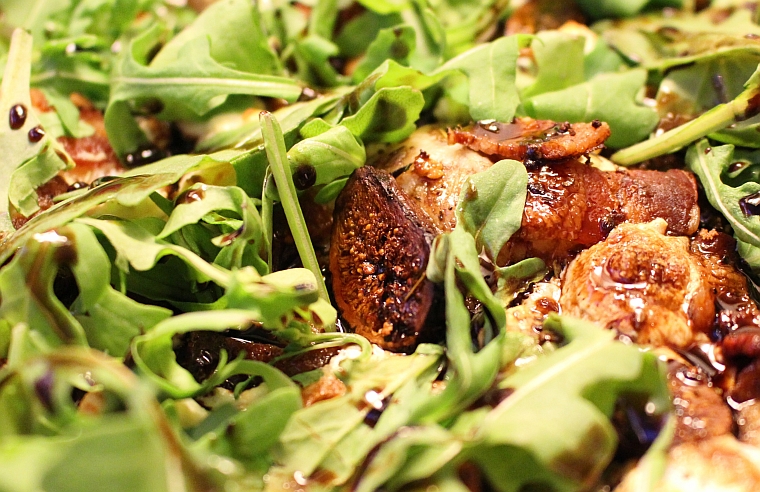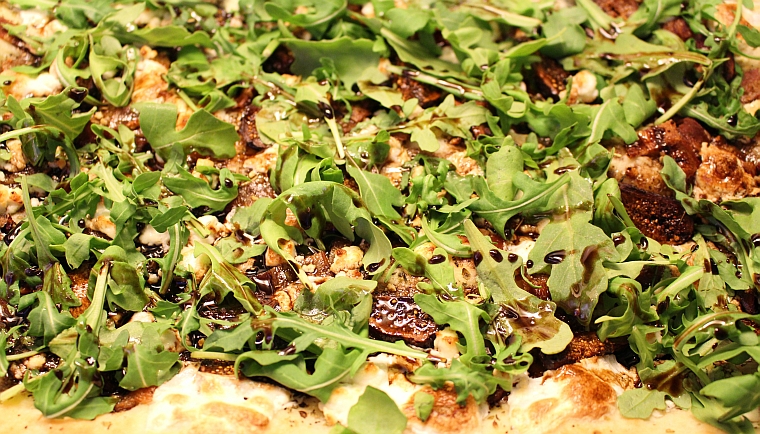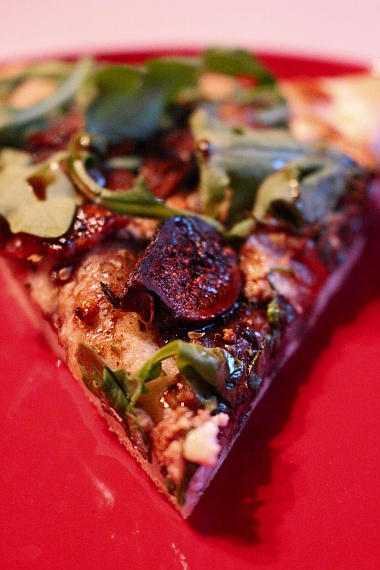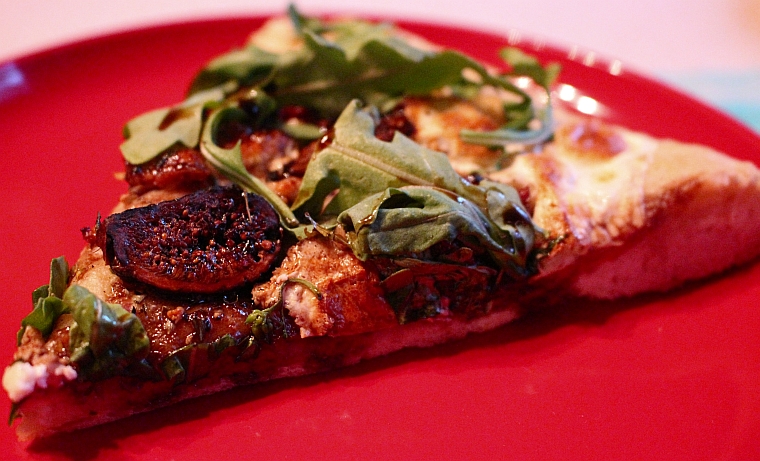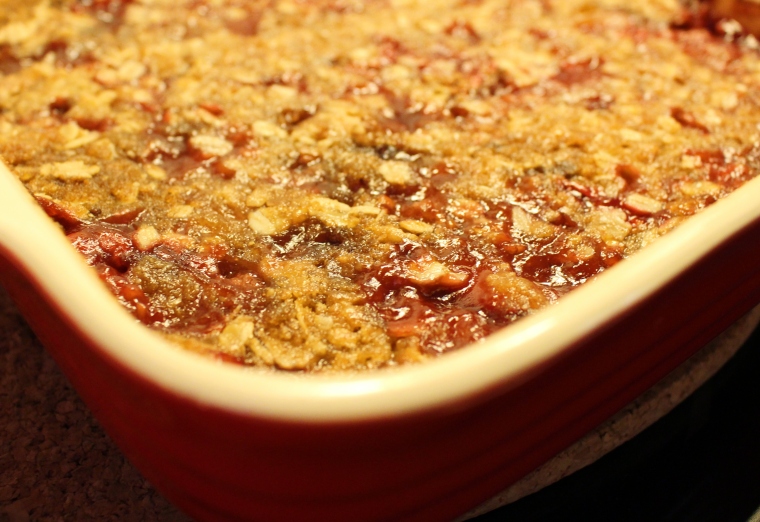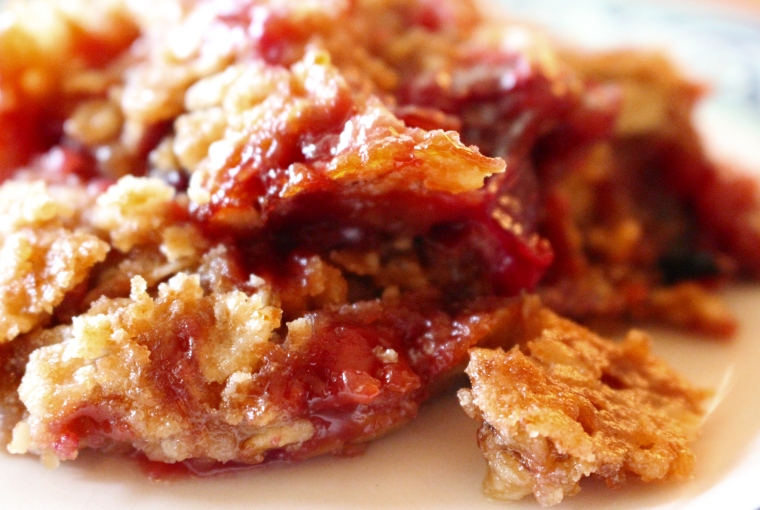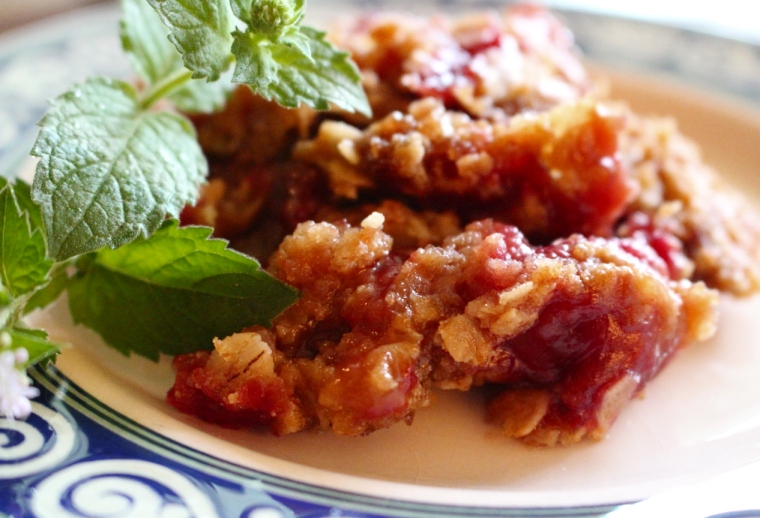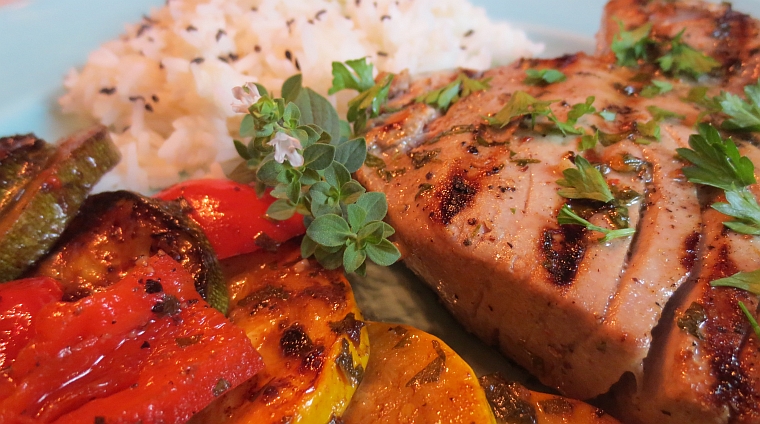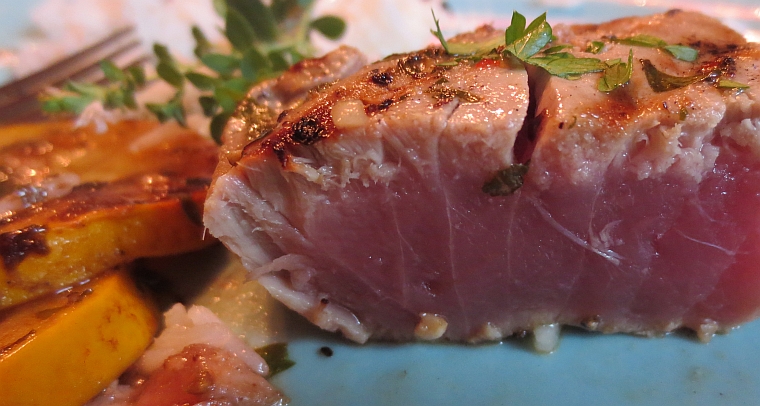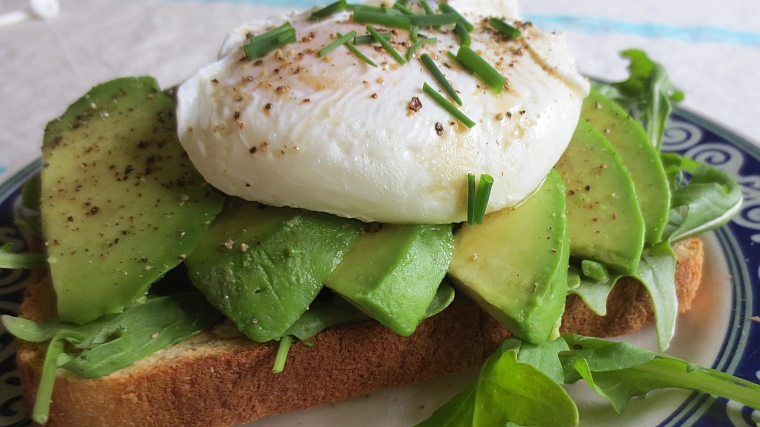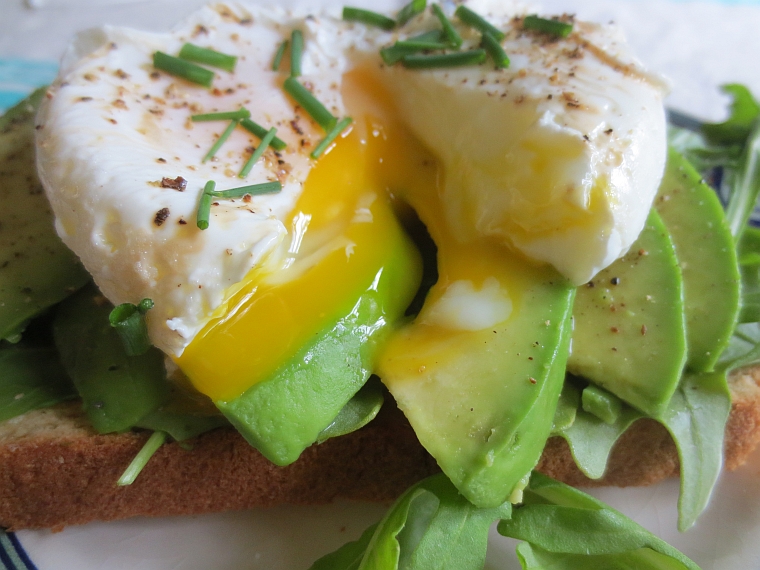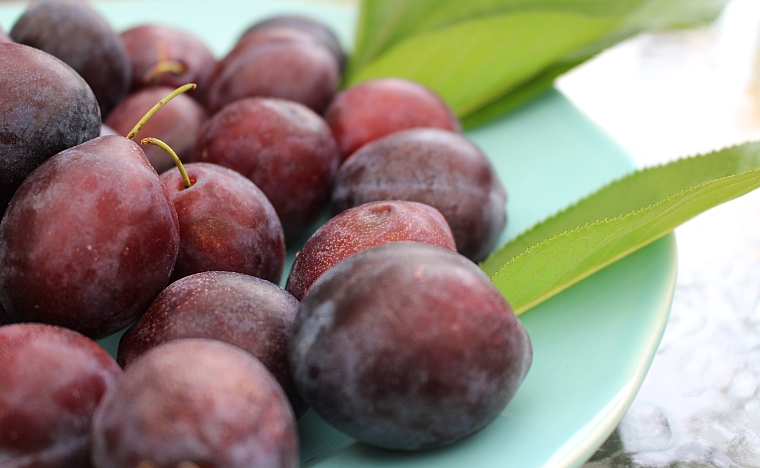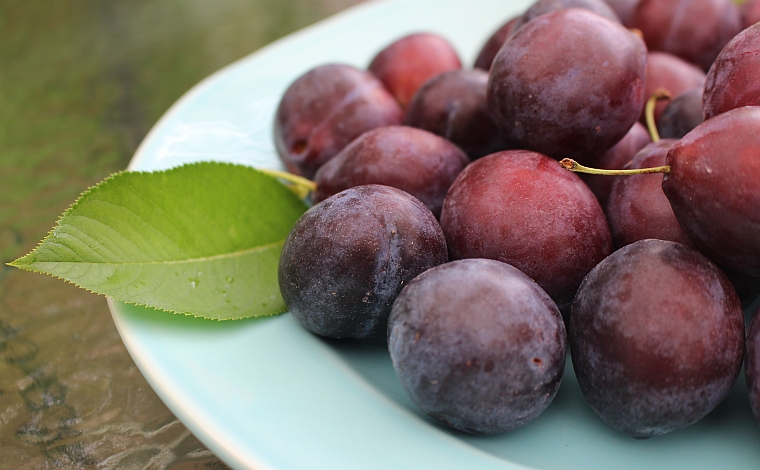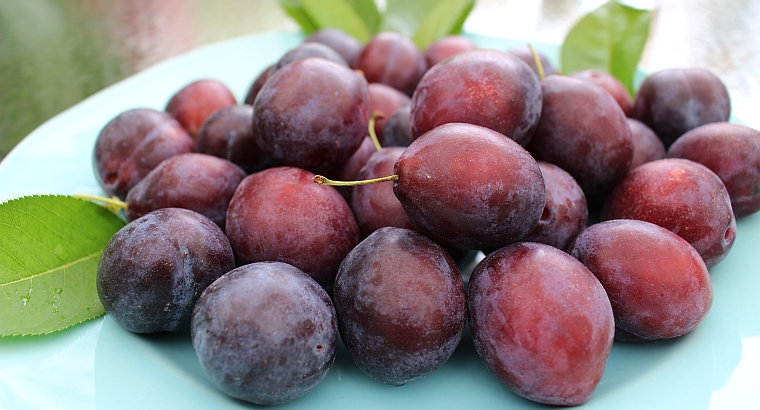A few years ago, I documented a disastrous attempt at making pancakes from scratch. I thought that would be much more authentic and good than relying on pre-made mixes like Bisquick, so I printed out a well-reviewed recipe by the Barefoot Contessa, Ina Garten. No offense to the Contessa, and it was probably no fault of the recipe, but the results were, well, awful. Even with butter and non-stick spray, the batter stuck to the grill. When I did get the first pancake up and flipped, it ended up somehow both burnt and raw at the same time. Oh well, I thought, most people say you lose the first two to practice anyway.
Well, I managed to lose the first twelve (out of twelve) to this same scenario, and by that point the kitchen was so thick with the smoke of burnt butter, raw yet blackened batter, and one charred plastic spatula (my only real mistake), that Andy had been awakened from his slumber. At the frazzled end of my already-limited patience, and wanting nothing more than a simple freaking pancake, I begged him to take over.
Literally ten minutes later, a pile of perfect pancakes sat on a plate, awaiting butter and syrup. If I wasn’t so grateful for the sight, I’d have stormed off in a huff of shifted blame. As it were, I gratefully accepted the plate and ate them down, looking over at my dismal try with defeated eyes. I asked him how he did it and he pointed to the Bisquick.
“But that’s not from scratch,” I whined. He said he never heard of anyone making pancakes from scratch. “Umm, have you heard of the Barefoot Contessa? Do you think Martha Stewart uses Bisquick?!” He shook his head and left the room. I finished the pancakes.
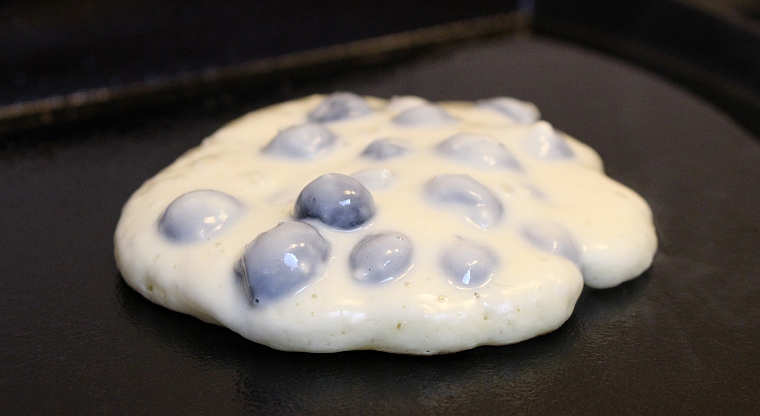
Later on, I asked a few friends and it turns out the whole freaking world uses Bisquick, or a pre-made mix for pancakes. Apparently this is one of those things that everyone just knows, but that no one taught me ~ like how to pump gas, or how to tie a shoe without making bunny ears.
When I saw a container of ripe blueberries sitting on the counter a few weeks ago, and felt a hankering for pancakes, I checked to make sure that Andy was still asleep and gave it another try. This time I used the Bisquick recipe ~ and every single pancake, from the first to the last, came out perfectly edible. I was eating them by hand waiting for the next batch to start bubbling. It turns out that in matters of pancakes, Bisquick beats the Barefoot Contessa.



